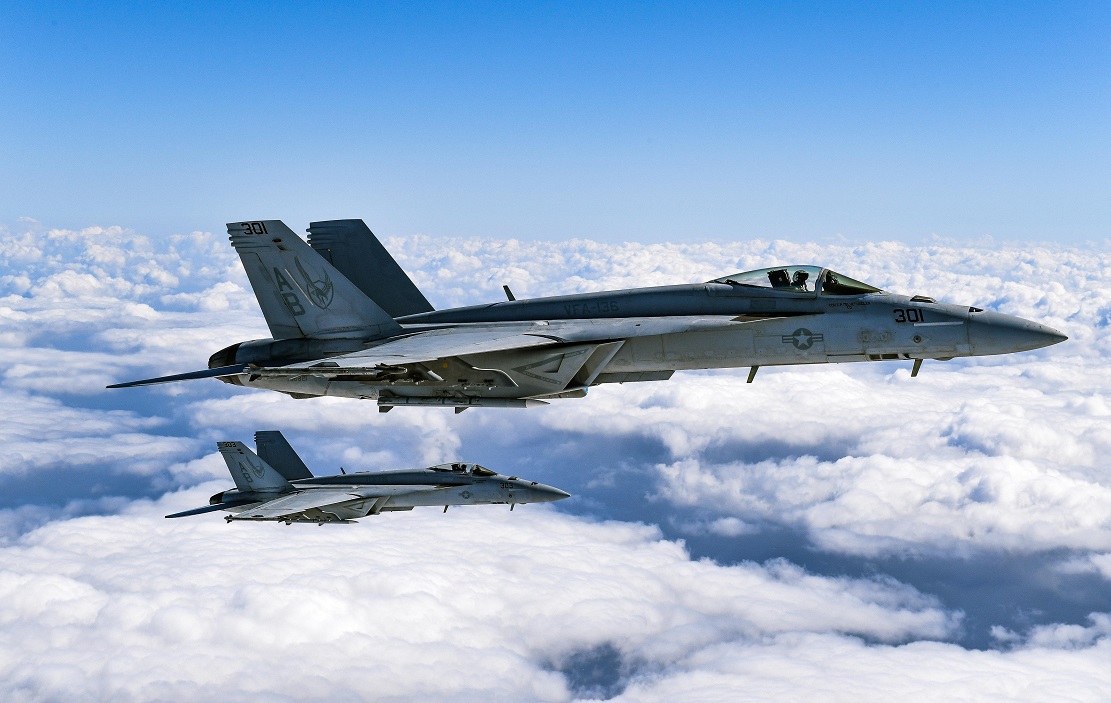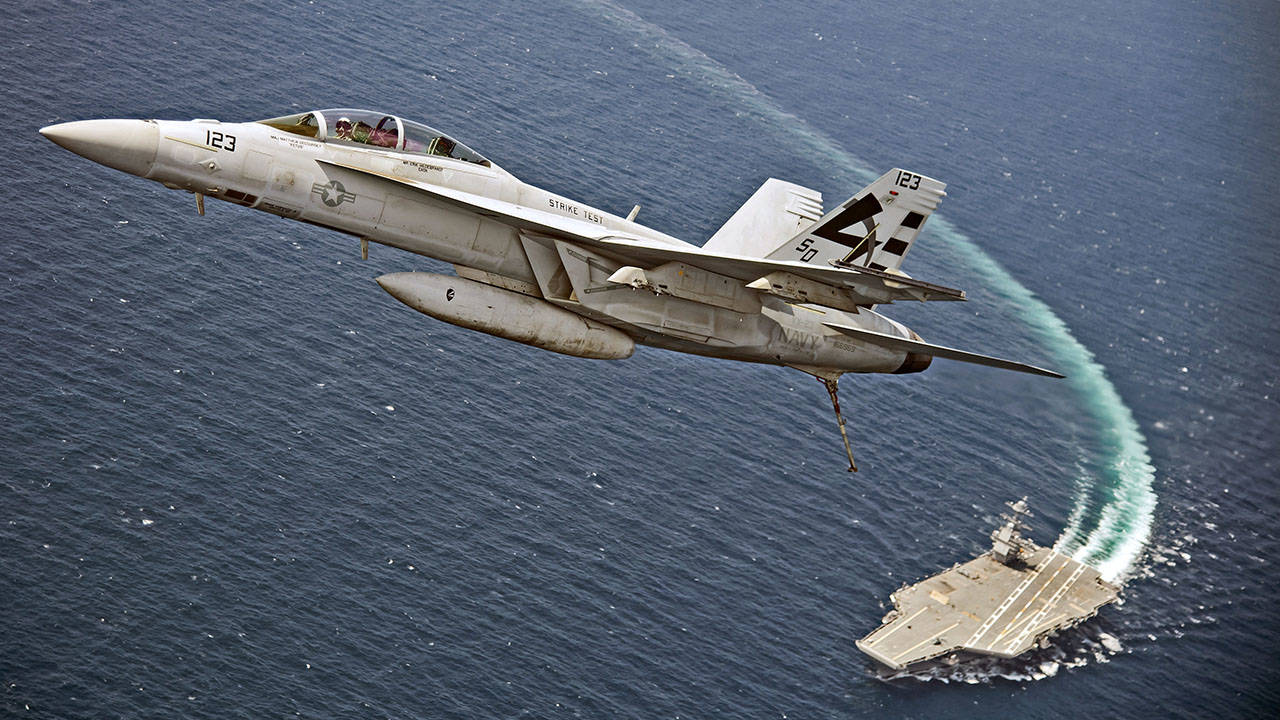The US Navy has been incorrectly determining the readiness level of F/A-18 Super Hornet fighters for years

The Congressional Budget Office (CBO) has found that the two main tools for assessing the readiness level of F/A-18 Super Hornet fighter jets do not always show the same results.
Here's What We Know
CBO examined the availability rates of U.S. Navy aircraft from March 2017 to September 2021. The information was obtained from two tools: the Decision Knowledge Programming for Logistics Analysis and Technical Evaluation (DECKPLATE) and the Aviation Maintenance Supply Readiness Report (AMSRR).

Each tool is known to determine the combat readiness of the F/A-18 Super Hornet in a different way. DECKPLATE captures aircraft availability levels and actual flight hours for the month. At the same time, AMSRR conducts a daily assessment of the fighters' ability to perform missions.
DECKPLATE is considered the official programme for tracking aircraft readiness levels. However, the U.S. Navy says AMSRR more effectively and correctly describes the availability of F/A-18 Super Hornet fighters, correlating better with actual flight hours.

CBO notes that both systems had errors. DECKPLATE proved to be the more problematic tool, reducing value in forecasting. If DECKPLATE said 100% of aircraft were available, it had a 59% probability that they would stop flying after one month. In the case of AMSRR, that figure was only 2%.
On the other hand, fighters with zero availability had a 14% probability of being combat capable, according to DECKPLATE. At the same time, only 4% of Super Hornet fighters with zero readiness in AMSRR were able to take to the air.

The problem of low F/A-18 Super Hornet combat readiness has consistently plagued the U.S. Navy. That said, the service was recently able to increase the rate from 55 per cent to more than 80 per cent. It took it less than a year to do so.
Source: Defence One